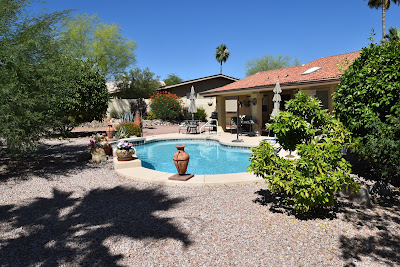Nikon ED AF-S ED IF Nikkor 17-35mm 1:2.8D
Lens Setting: 35mm Shutter 1/250 Aperture f/2.8
Nikon ED AF-S ED IF Nikkor 17-35mm 1:2.8D
Lens Setting: 35mm Shutter 1/250 Aperture f/2.8
Nikon ED AF-S ED IF Nikkor 17-35mm 1:2.8D
Lens Setting: 35mm Shutter 1/250 Aperture f/2.8
Lens Setting: 35mm Shutter 1/250 Aperture f/2.8
Nikon ED AF-S ED IF Nikkor 17-35mm 1:2.8D
Lens Setting: 35mm Shutter 1/250 Aperture f/2.8
Nikon ED AF-S ED IF Nikkor 17-35mm 1:2.8D
Lens Setting: 35mm Shutter 1/250 Aperture f/2.8
Nikon ED AF-S ED IF Nikkor 17-35mm 1:2.8D
Lens Setting: 35mm Shutter 1/200 Aperture f/8.0
Nikon ED AF-S ED IF Nikkor 17-35mm 1:2.8D
Lens Setting: 35mm Shutter 1/320 Aperture f/8.0
Nikon Lens DX VR AF-S Nikkor 55-200mm 1:4-5.6 GII ED
Lens Setting: 65mm Shutter 1/320 Aperture f/9.0 ISO 200
Nikon Lens DX VR AF-S Nikkor 55-200mm 1:4-5.6 GII ED
Lens Setting: 85mm Shutter 1/200 Aperture f/16.0 ISO 100
Nikon Lens DX VR AF-S Nikkor 55-200mm 1:4-5.6 GII ED
Lens Setting: 55mm Shutter 1/400 Aperture f/10.0 ISO 200
Canon Power Shot SD630 Digital ELPH
Canon 200mm Lens 3x 5.8-17.4 mm 1:2.8-4.9
Red-tailed Hawk and Cooper’s Hawk, widespread over North America, are common in the desert year-round. The red-tail, one of the typical soaring buteo hawks (buteos are larger hawks with broad, rounded wings and short, broad tails), is far more often seen, as it perches in the open or circles overhead, watching for rodents and other prey. Cooper’s Hawk is typical of the accipiter group; it is a long-tailed, short-winged bird that seldom soars. Hunting near dense cover, relying on speed and surprise, Cooper’s hawk takes many birds as well as rodents. Please use this link to the original author/content owner: Arizona Sonora Desert Museum
Sonoran Desert Toad in my Pool
Canon Power Shot SD630 Digital ELPH
Canon 200mm Lens 3x 5.8-17.4 mm 1:2.8-4.9
Arizona’s largest toad, Sonoran Desert toads grow to 7.5 inches or more in length. They resemble frogs in that they have relatively smooth, typically olive-green/brown skin, but they can be identified as toads by the crests on the head (cranial crests), and prominent, elongated glands on both sides of the back of the head (parotid glands) and on the hind legs. Please use this link to the original author/content owner: http://www.reptilesofaz.org
Great Blue Heron visiting next doors Koi Pond
Canon Power Shot SD630 Digital ELPH
One might not expect to see a Great Blue Heron (Ardea herodias) in the Sonoran Desert, they have an extensive range and occur throughout much of north and Central America wherever there is water. If you happen to have a koi or goldfish pond in your backyard, you may be visited by a heron. Please use this link to the original author/content owner: Arizona Sonora Desert Museum














No comments:
Post a Comment